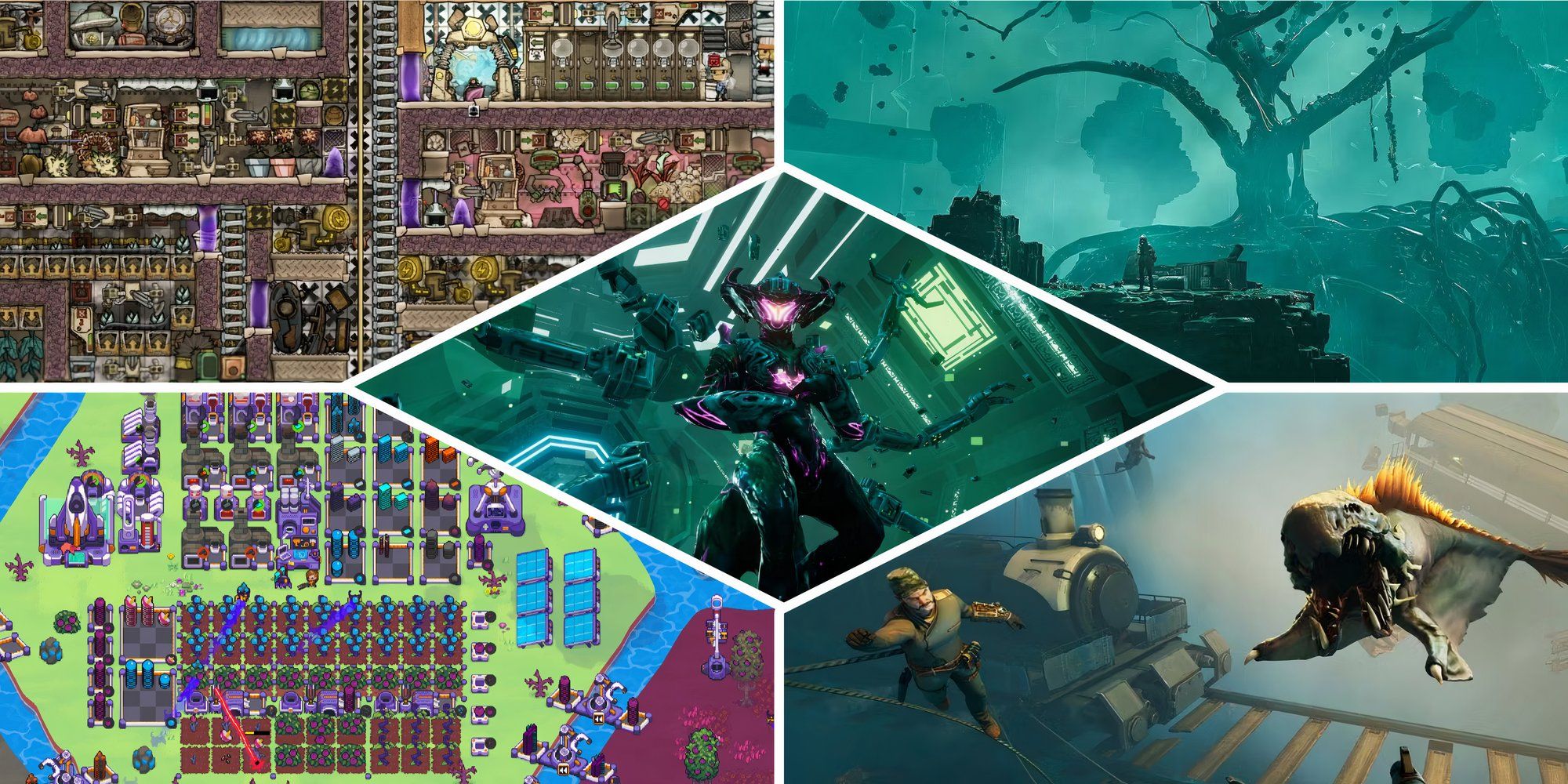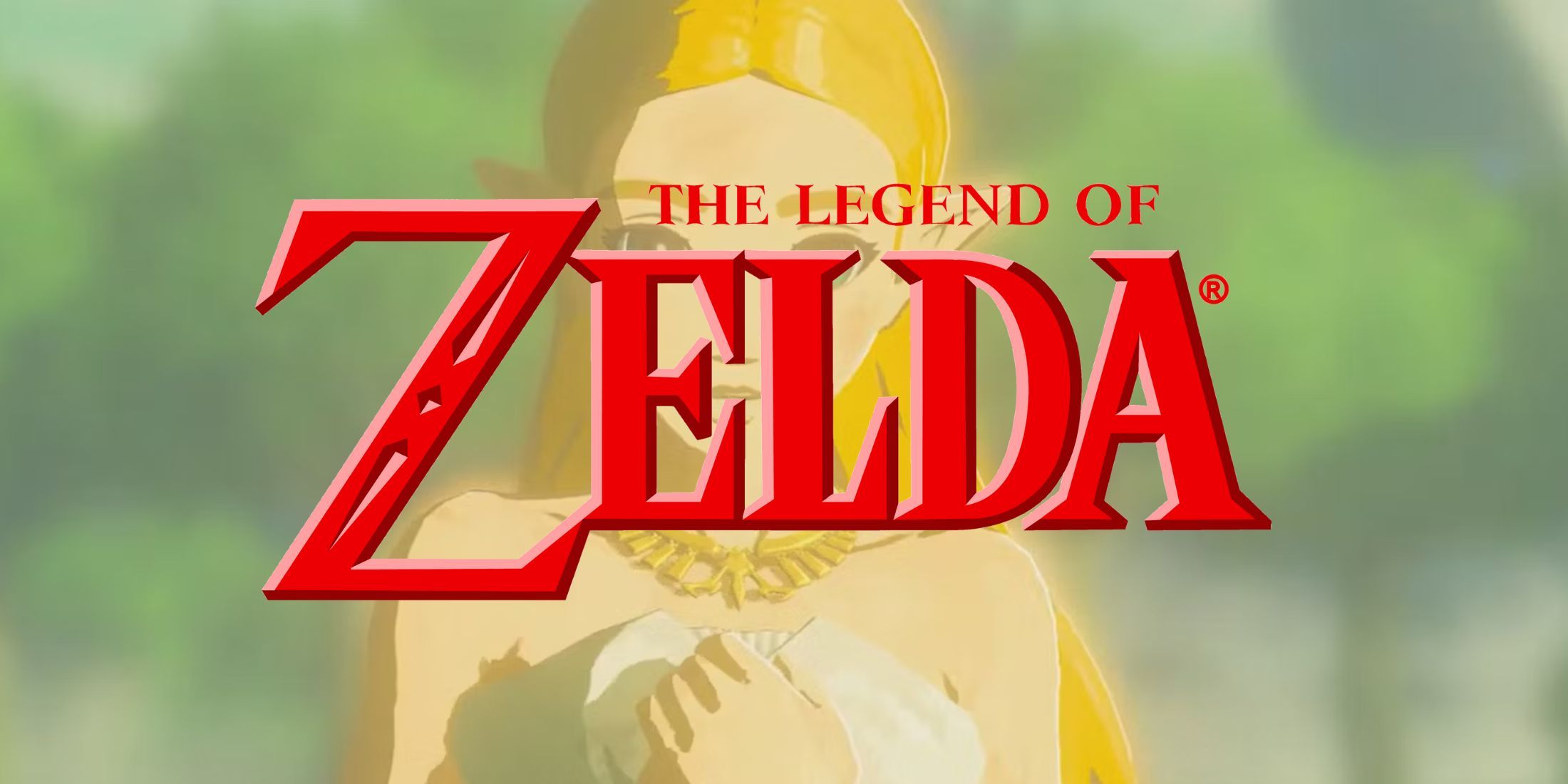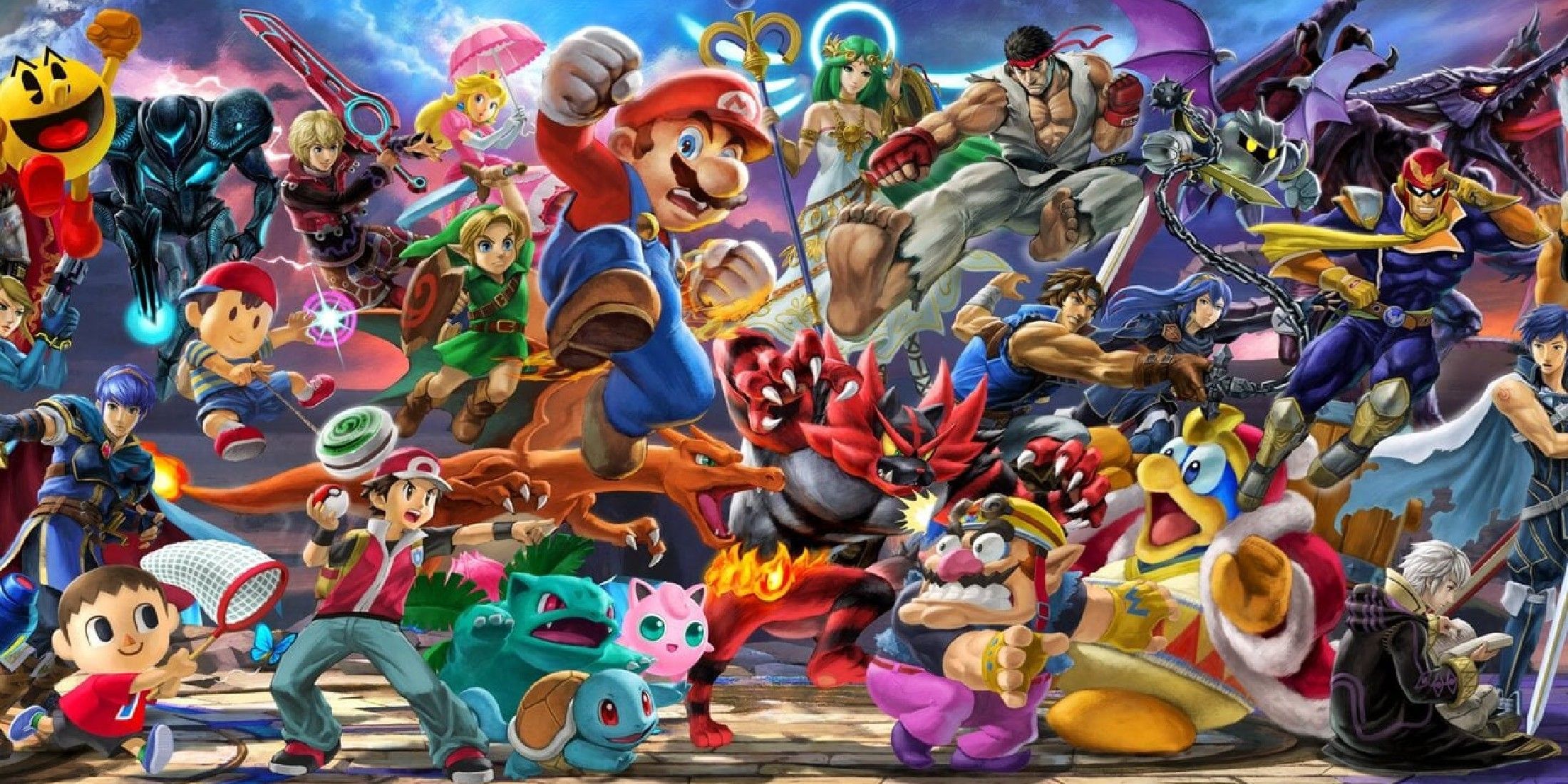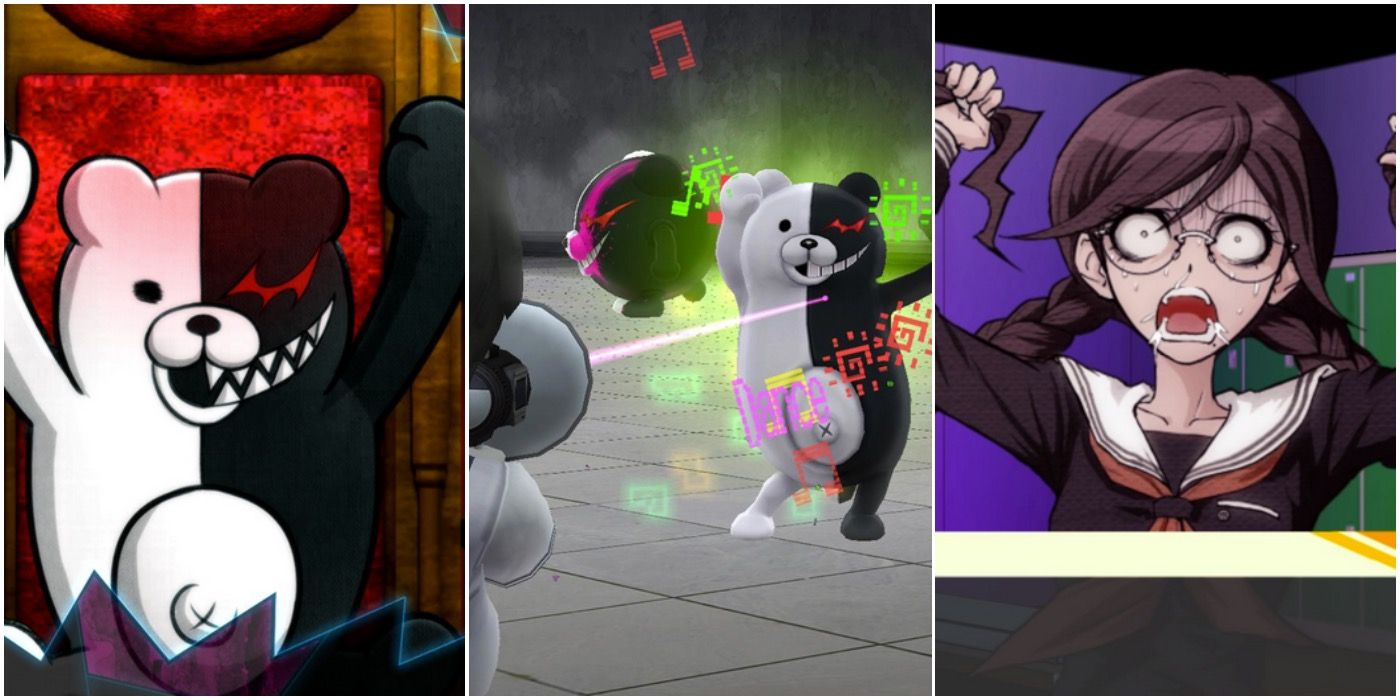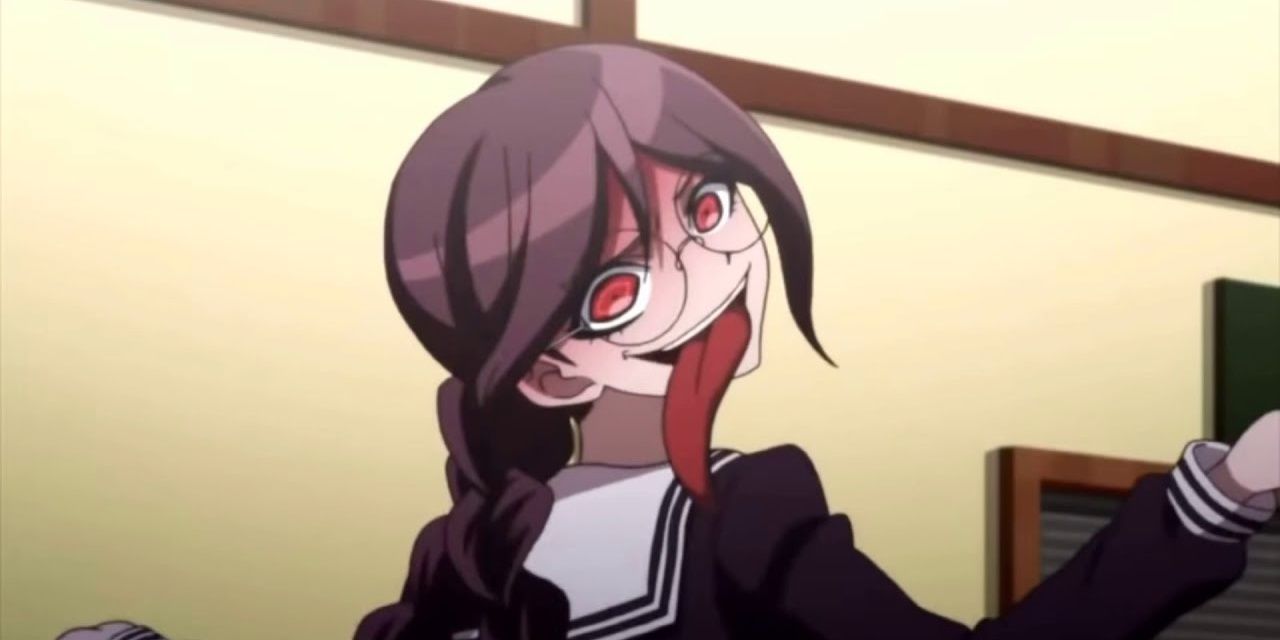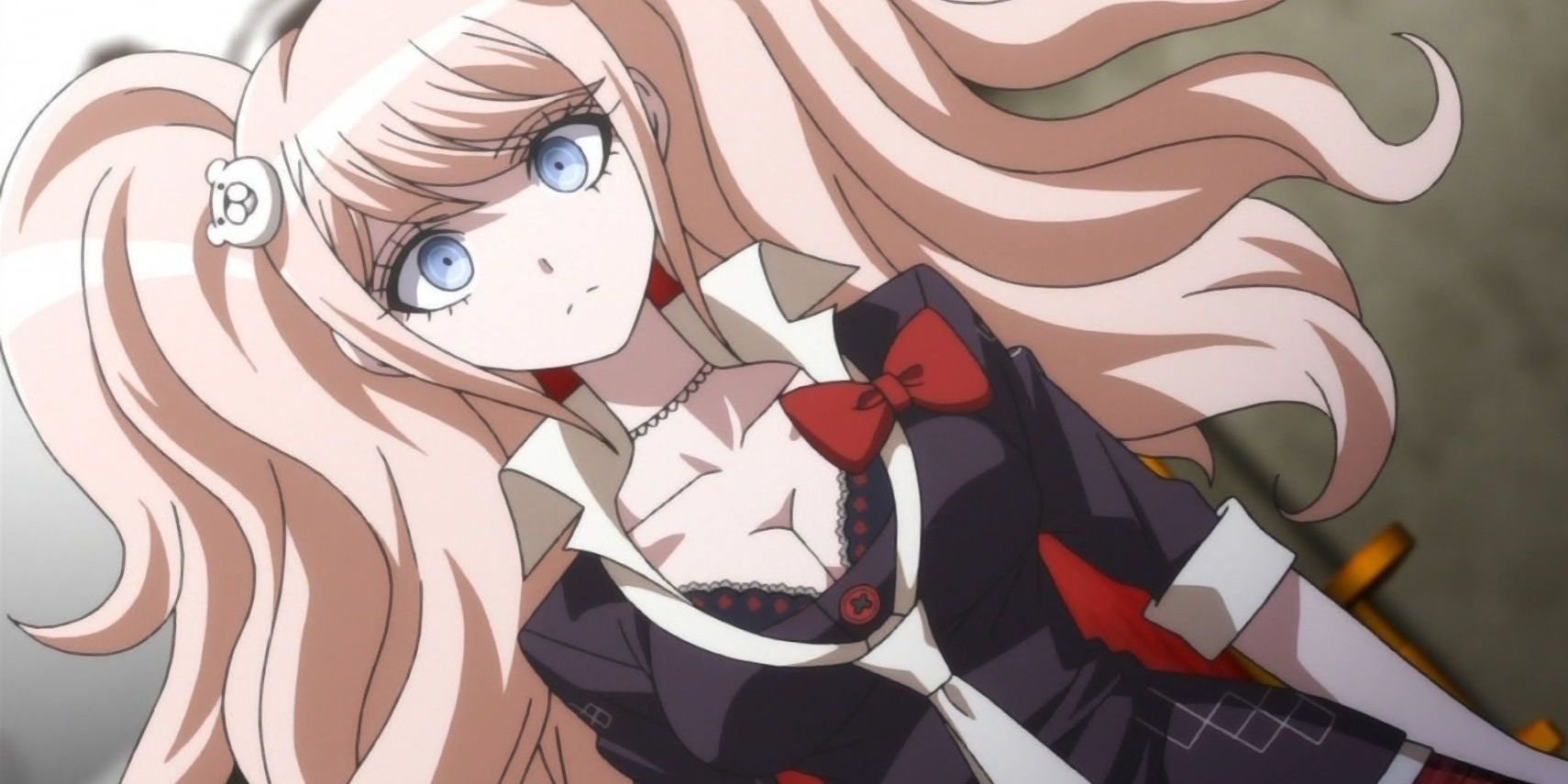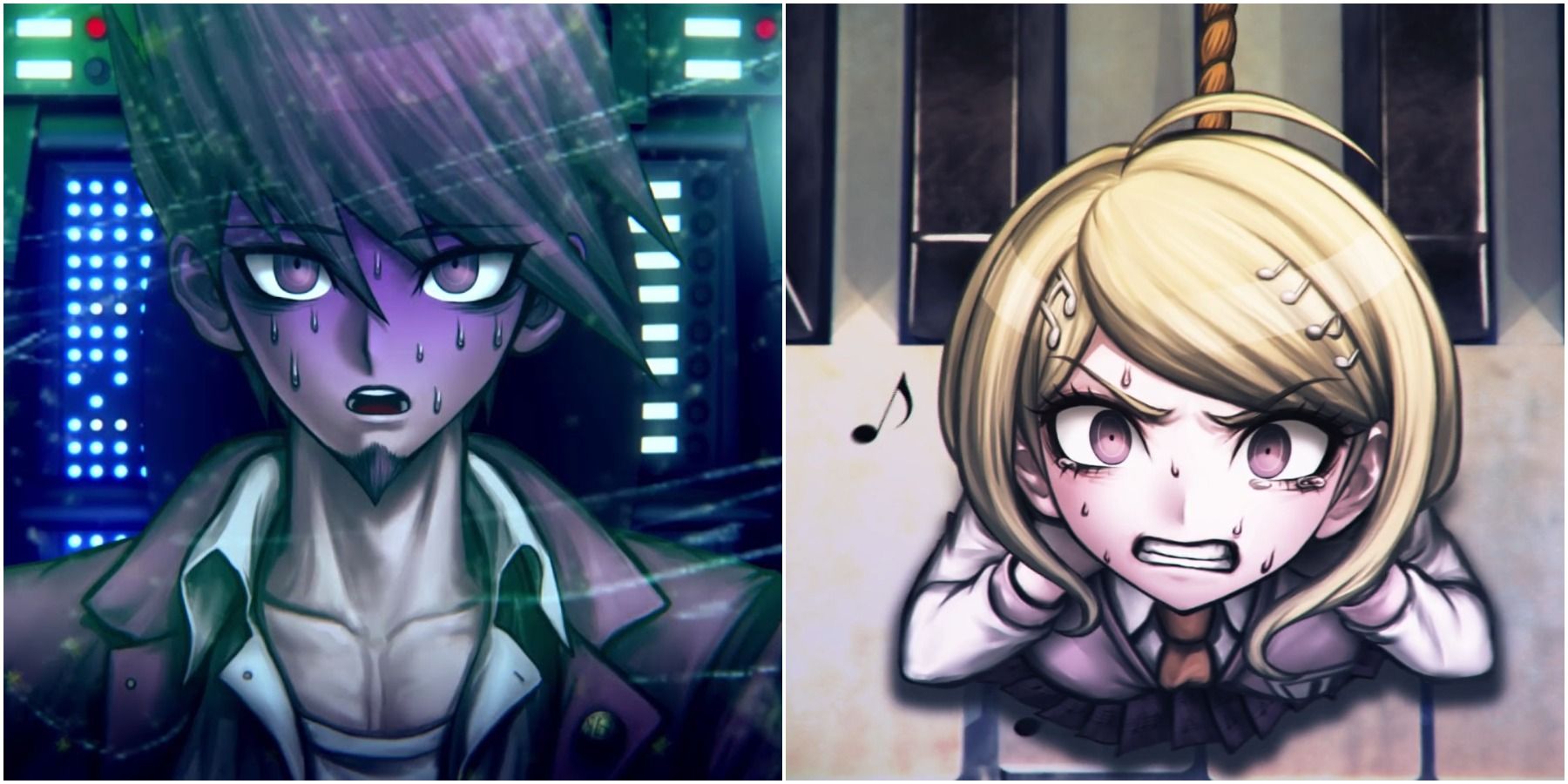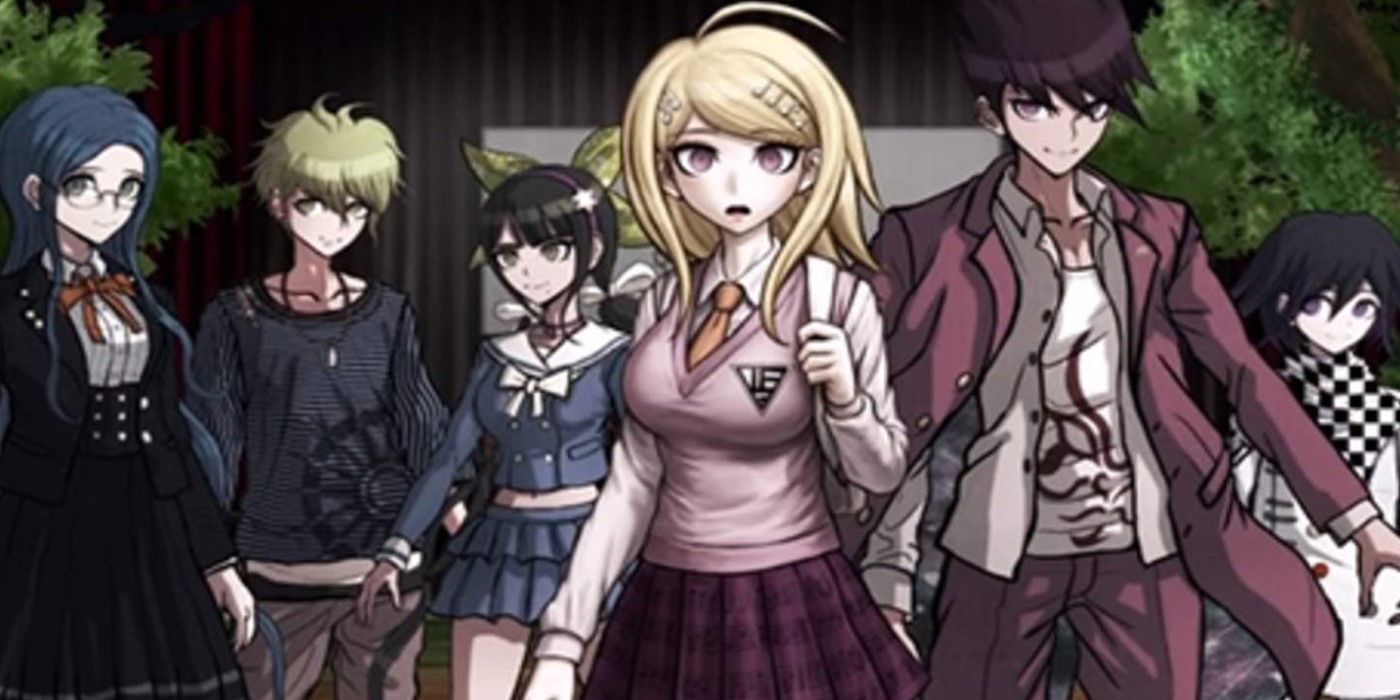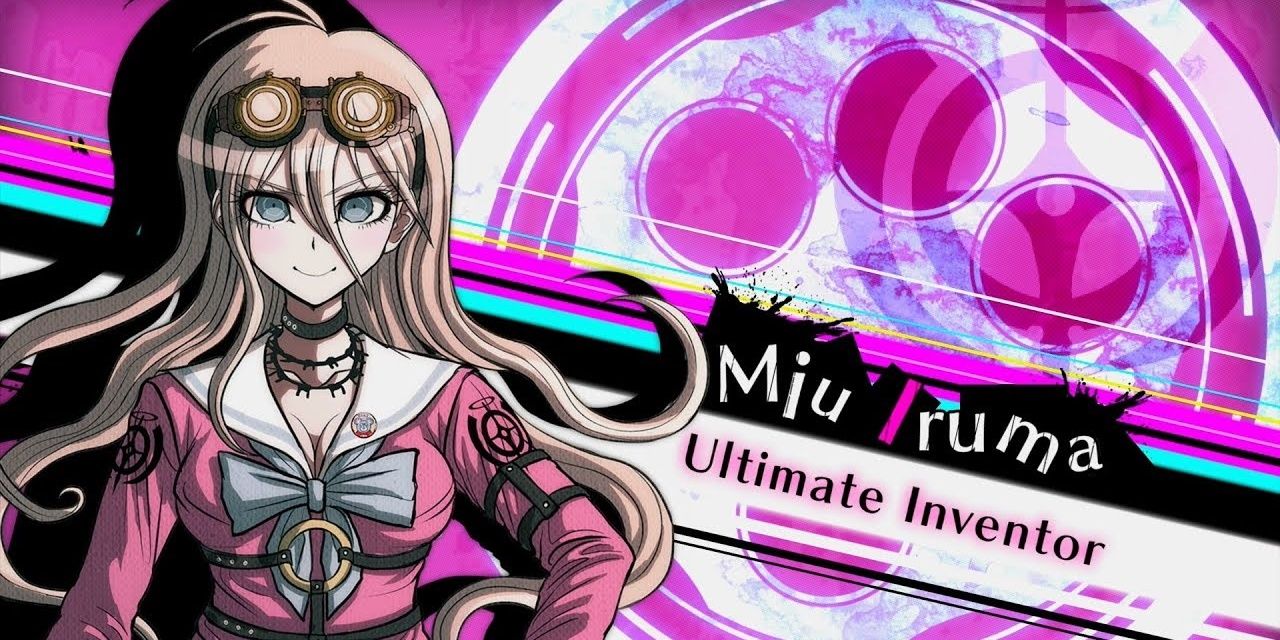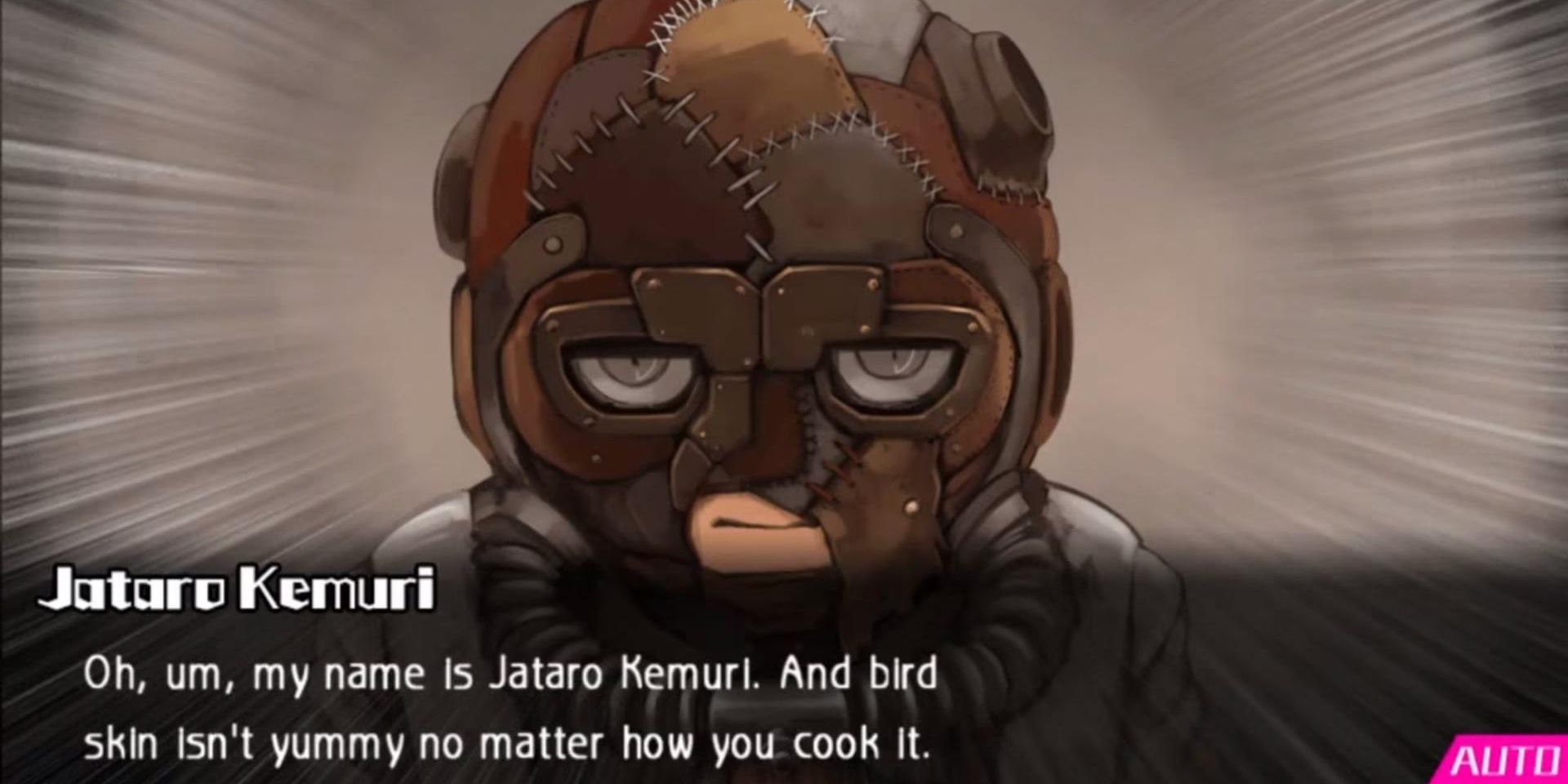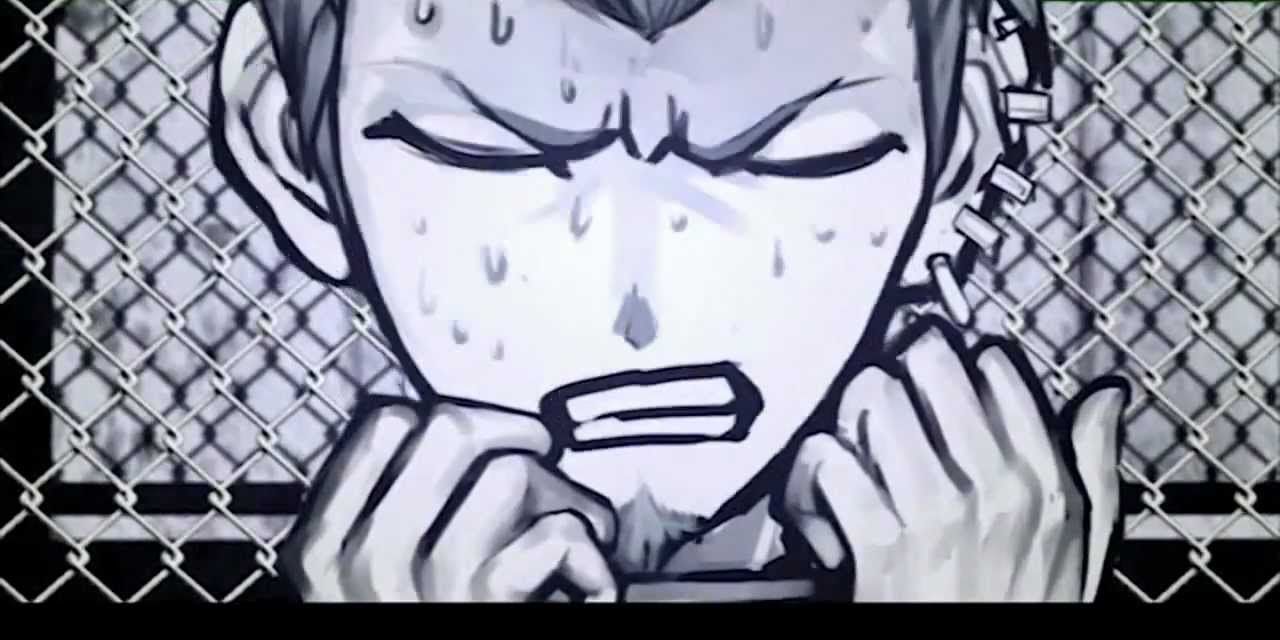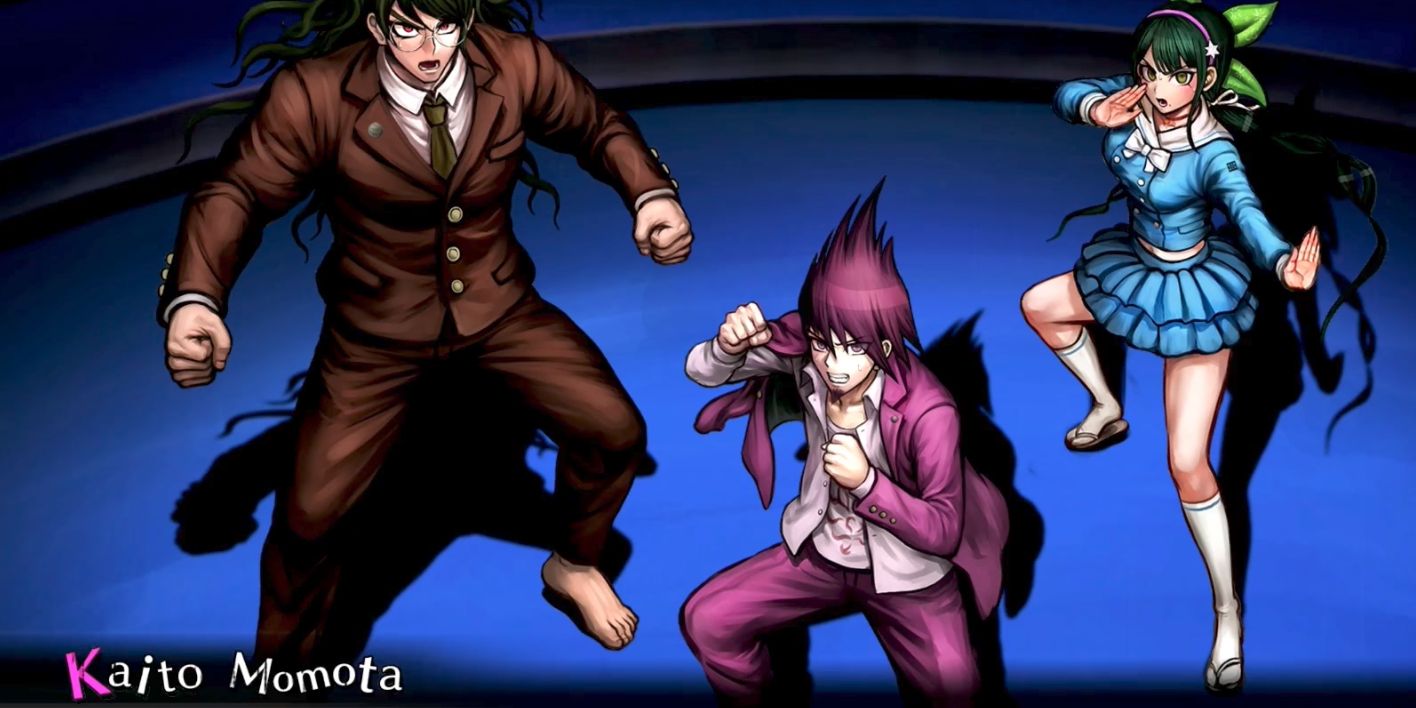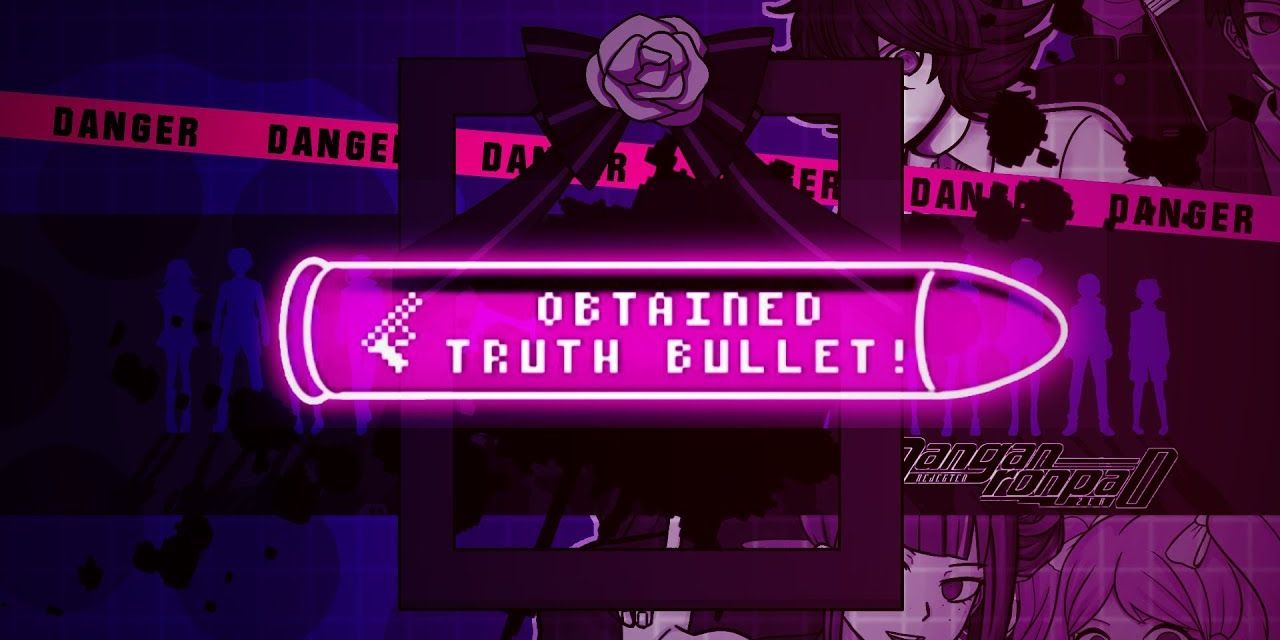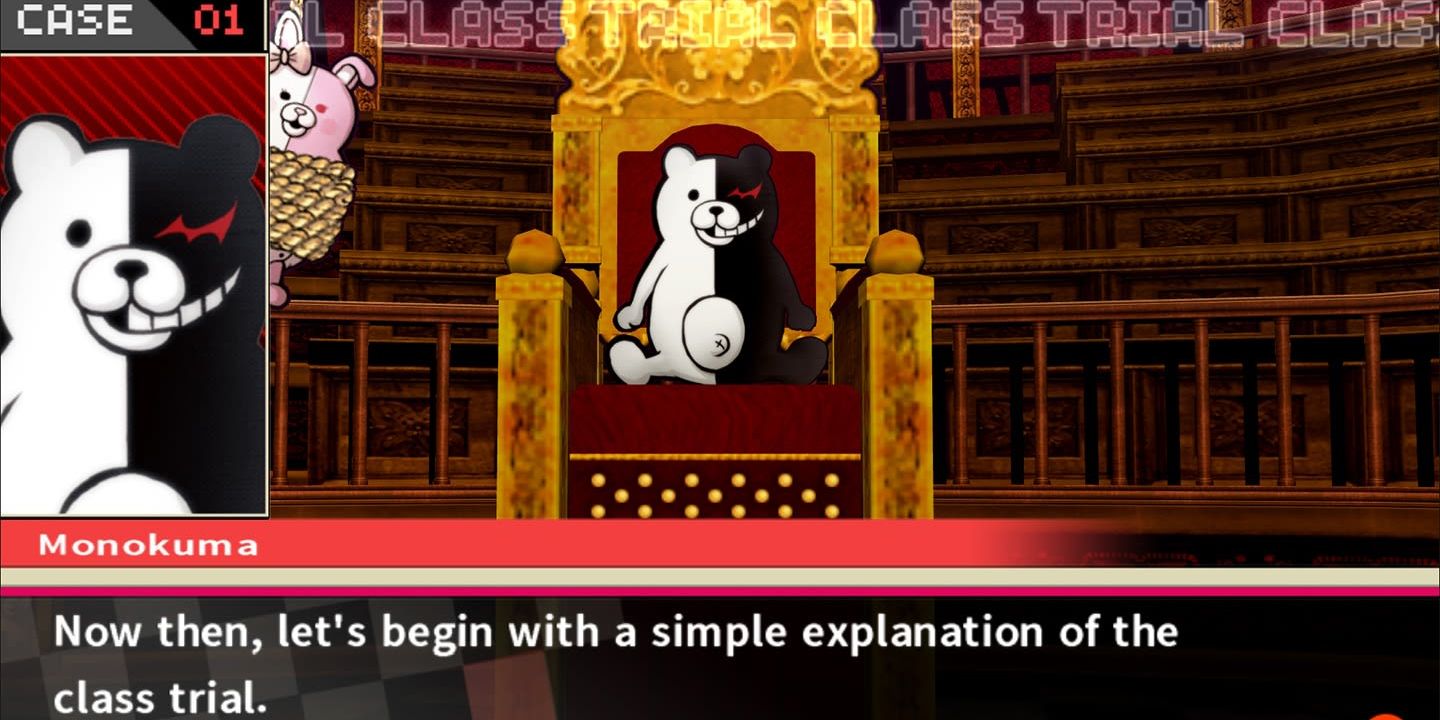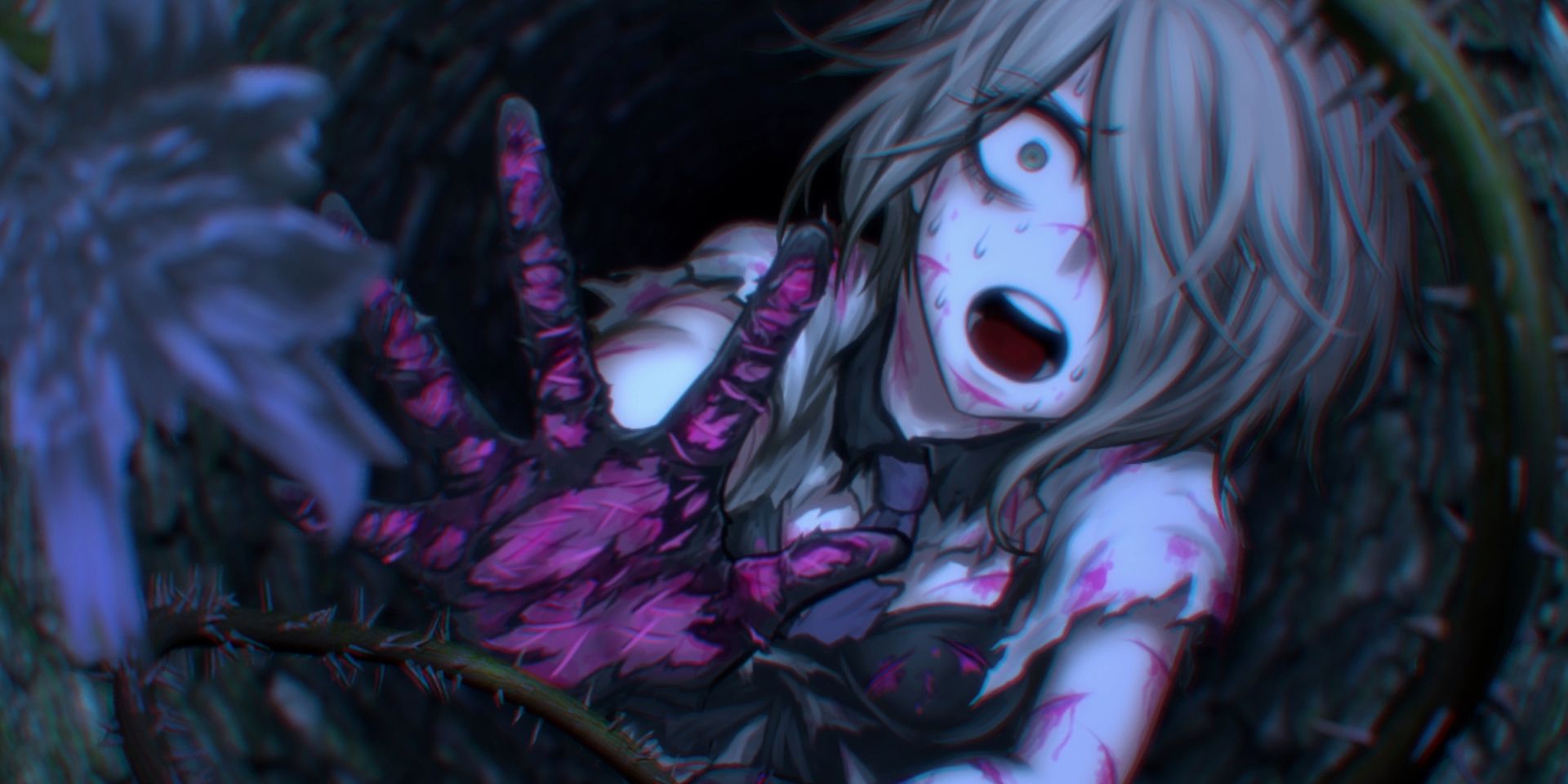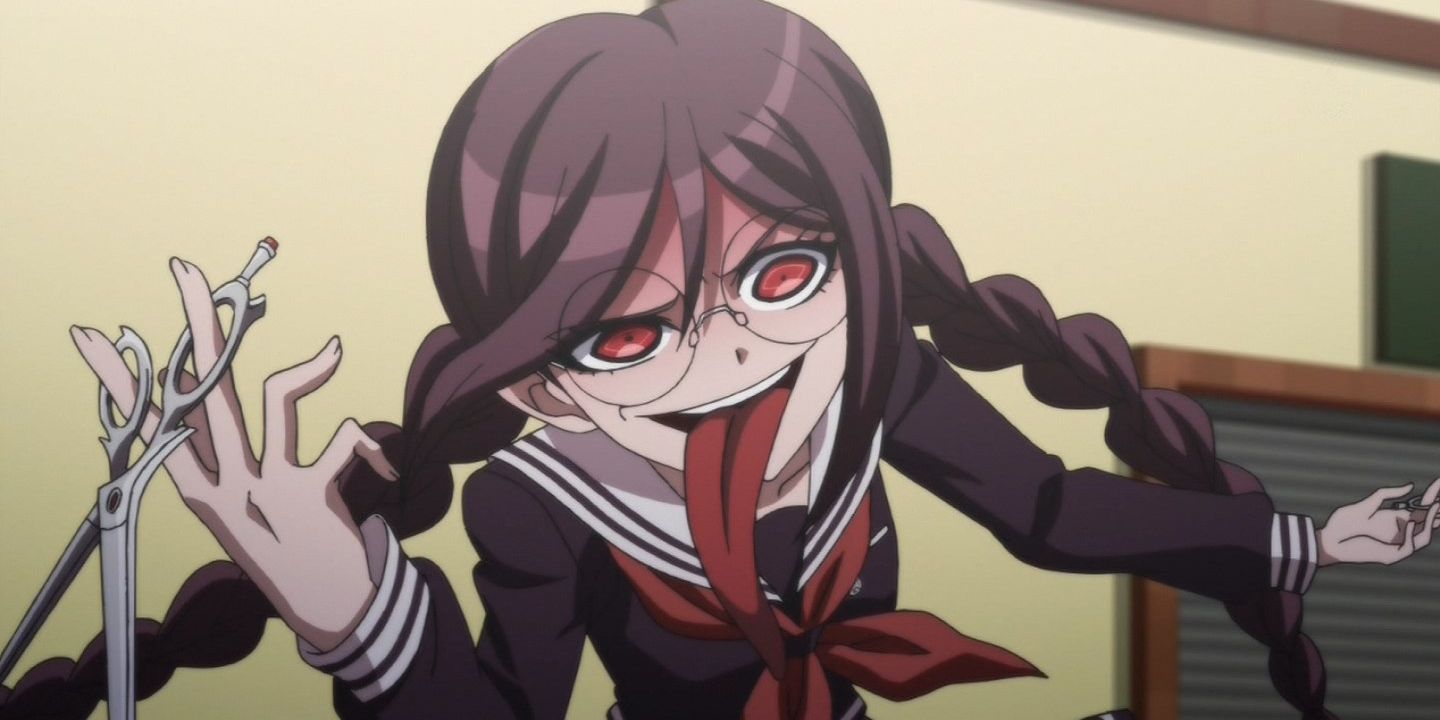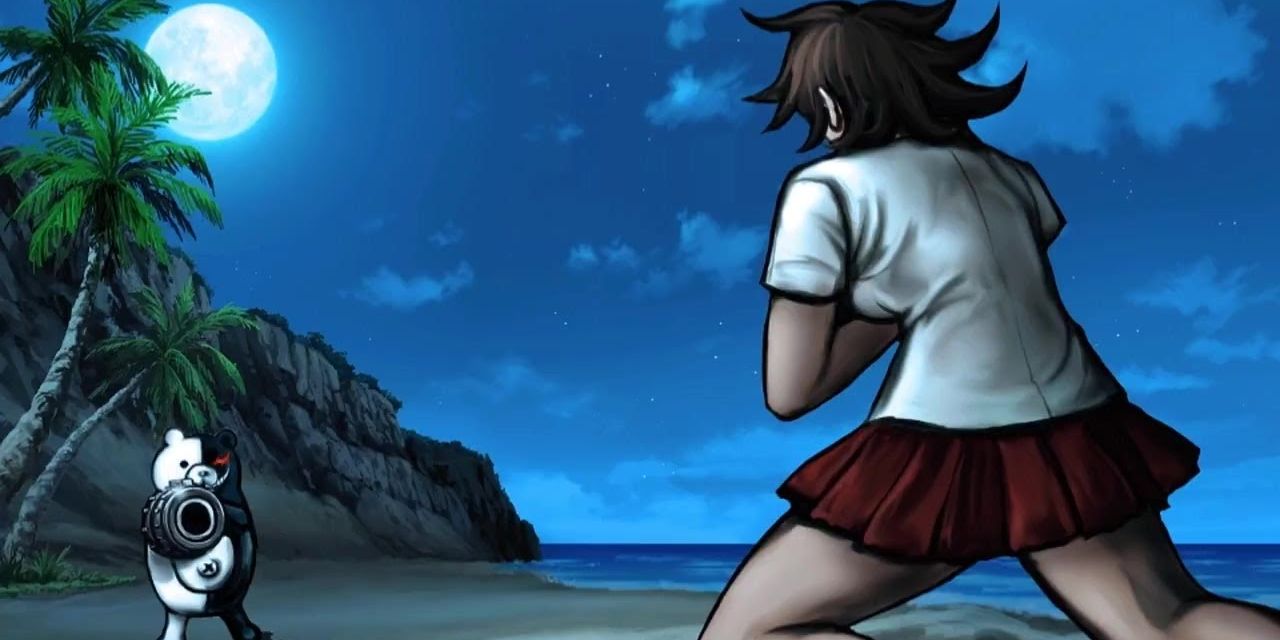There are plenty of video games that mash together several eclectic sensibilities to form something unexpectedly special, but the Danganropa series is one of the best examples of how to make this level of chaos work. The quirky series riffs on slice of life and high school genres, only to flip the idea of success and competition into a bizarre murder mystery that involves giant teddy bears and so much more.
Danganropa has slowly become a mainstream hit and it even has its own anime. There’s a lot to love in Danganropa, but there’s even more from the games that fly completely over the audience’s heads.
Updated December 12, 2021 by Ritwik Mitra: Danganronpa is one of the greatest murder-mystery games ever made and wastes no time in introducing players to the horror of its killing game. The three titles in this series are all excellent in their own right, featuring a bevy of cases that are extremely creative and will keep the player on the edge of their toes till the very end. Given the unique nature of this series, there are bound to be some facts that fans want to know about. Keeping this in mind, here are some of the most interesting pieces of trivia surrounding Danganronpa!
15 It Features Pink Blood To Avoid Censorship
Censorship has always been a tricky and oppressive territory for video games with extreme violence being a major sticking point sometimes when it comes to a game's rating. Danganropa wanted to avoid any censorship or controversy before it could even get started so the development team changed the color of the blood from red to bright pink.
Not only did this decision work in the game's favor in terms of censorship, but it's also just a more memorable and defining style for the series that’s in line with the other strange decisions that it makes.
14 Toko Fukawa Is The Developer's Favorite Character
Toko Fukawa is one of the most interesting characters in the entire series. While she might seem rather shy and innocent at first glance, it's when her alter ego, Genocide Jack, comes into the picture that her character really gets interesting.
Given how unique her character is, it's not surprising that the developers consider her to be the best character in the series. Character designer Rui Komatsuzaki has outright stated that Toko is a great allegory for the world and how twisted it has become, while still maintaining a shred of sanity that can hopefully bring everything back to normal.
13 Junko Turned Into A Cliched Valley Girl In The Anime Adaptation
Junko Enoshima is one of the most intriguing characters in the entire series. While her motive to simply bring despair to the world might seem a bit too edgy, it still doesn't take anything away from the alluring nature of her twisted character.
However, the anime ended up ruining her character quite a bit. Most people played the dubbed version of Danganronpa, where Junko had a pretty normal voice. However, in the anime's English dub, she turns into a full-on Valley Girl whose voice and accent sound like nails on a chalkboard.
12 There Are Drafts Of Executions That Didn't Appear In The Final Game
It seems that not a single student was safe when Danganronpa came into being for the first time. This can be seen in the fact that various drafts are present that detail out the executions of most of the students, all of which didn't make the final cut.
Given how unique and creative the executions were, it was only a given that each character would have a specific execution of their own. This effort wasn't completely wasteful, since elements of these executions are present in the other two games for different characters.
11 The Third Game Was Banned In South Korea
The third Danganronpa game was fairly great in its own right, despite its controversial conclusion. However, South Korean gamers never got to witness the magic of this game firsthand.
This is because the game was banned due to a real-life incident of a high-schooler murdering someone else in cold blood. Given how tense events were at the time, it only made sense for a game featuring the murder of more students to be banned at that time.
10 Miu Iruma Has An Unused Sprite That Is Pretty... Interesting
Danganronpa has amassed a loyal fanbase that has combed through the game's code to find out everything possible detail. While doing so for the second game, they found something really unusual about one particular character.
There's an unused sprite of an angry Miu holding something pretty obscene. It was probably put in the game as a joke and has become an inside joke for fans of the series ever since.
9 It’s Inspired By A Cult Classic Dreamcast Game
Sega's Dreamcast was truly ahead of its time and while it, unfortunately, didn't gain the proper appreciation upon its release, the impressive console has gained a greater following in more recent years. Illbleed is one of the more creative titles for the Dreamcast as it embraces B-horror films and features an expendable cast of characters who are trapped in an amusement park.
Kazutaka Kodaka, Danganropa’s writer, has revealed that this Dreamcast horror game and the crazy places that it was willing to go were a major influence on finding the game's style and tone.
8 It Began As A Much Darker Game Called DISTRUST
Danganropa is already a very dark video game that revolves around innocent teens caught up in a grisly murder mystery. However, the original concept for the game pushed these sensibilities even further. This version of the game was called "DISTRUST" and while it still revolved around students trapped in a school where murders are taking place, the deaths were much more gratuitous and a bleaker tone was present.
There was also a Trust System in place where players could effectively determine who dies and alter the story based on their actions, making them more culpable in the murders.
7 The Games Feature Subtle Tributes To Other Video Games
The video game industry is so collaborative that it's always exciting to see different series cross over into one another, whether it's in an extreme sense with characters like in Super Smash Bros., or when developers can get together and pay respect to some of their inspirations and favorite titles.
The first two Danganropa games allow players to give items to other characters as presents. Many of these presents find creative ways to acknowledge other popular video game series like Metal Gear Solid, which make for fun Easter Eggs for more seasoned gamers.
6 The Name Danganropa Is A Reference To The Gameplay
Some video games can offer such a deep experience that there's enough to worry about in the game itself, and an unusual title can go overlooked or not be a priority. The title Danganropa is cryptic, but it's actually the perfect name that tells the audience exactly what the series is about.
Danganropa is a portmanteau of the words for both "bullet" (dangan) and "refutation" (ropa), which corresponds to both the title's Truth Bullet mechanic and the crime investigation aspect. Since Danganropa is such a weird mix of sensibilities, it’s surprising that the title's meaning can be so straightforward.
5 It Started As A Visual Novel
The visual novel genre of video games has always been very polarizing with audiences and it's a format that's found much greater success in Japan than in America. That being said, certain titles have still been able to break through. However, during Danganropa's development, support for the visual novel genre was diminishing even further.
Being a visual novel was the original plan for the series, but they smartly decided to slightly pivot and take their visual novel aspects and add more of an adventure structure to it as well as use the PSP to capitalize on the game's niche angle.
4 A Modern Horror Classic Helped In Its Development
Danganropa went through many important changes during the development process that helped the game find its voice and become an impressive final product. One of Danganropa's most defining features is its bright art style that's in contrast to the mature subject matter.
At one point the game had a monochromatic art style and took more of its cues from nihilistic horror films like Saw and Cube. The courtroom for the school trials also took place in an eerie warehouse to amplify the twisted killer dynamic from Saw.
3 It’s Expanded Into Manga, Novels, And Live Stage Plays
Video games are a fantastic form of media that can be engaged in a way that's more immersive than a lot of other kinds of material. However, the Danganropa series has found such a following through its games that the series has been able to expand in seriously surprising ways.
Danganropa's transition over to manga and anime isn't that unusual for a video game, but the series has also led to many spin-off novels and even a stage production called Danganropa The Stage. The public’s fascination with Danganropa is at an all-time high.
2 The Series Has Spawned The Most Popular Video Game Cosplay Of All Time
It's always interesting to see how a video game series can leave its mark on society and how it will be remembered. The Danganropa series is far from over, but it's already been able to expand in some truly impressive ways.
The Danganropa games feature many unforgettable characters, some of which are easier to bring to life in a cosplay setting than others, which makes it particularly surprising that Danganropa's Junko Enoshima entered the Gamers Edition of Guinness World Records in 2018 for the most popular video game character that's done in cosplay.
1 Monokuma Is A Big Fan Of Shonen Jump Series
Anime has had a heavy influence on video games and there's a very symbiotic relationship where anime and video games often work together and can expand on the content of the other. Danganropa is no different and it's received an anime, but the character Monokuma also has a particular passion for Shonen Jump material specifically.
Many of Monokuma's attacks on Monomi are techniques straight out of other series, or at the least make explicit reference to other material. Monokuma uses signatures abilities from Rurouni Kenshin and Saint Seiya and makes repeated nods to JoJo's Bizarre Adventure.

